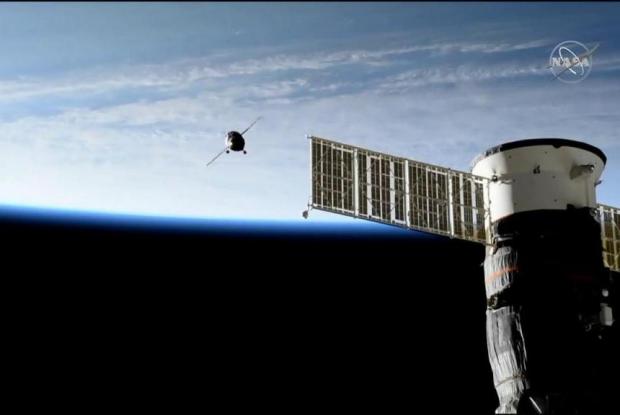
Breaking News
 HERE'S WHAT NO CASH ACTUALLY MEANS (Dave Ramsey re-post)
HERE'S WHAT NO CASH ACTUALLY MEANS (Dave Ramsey re-post)
 The Silver Shift: Why Stackers Are DUMPING 90% Silver & Buying SilverBitz!
The Silver Shift: Why Stackers Are DUMPING 90% Silver & Buying SilverBitz!
 Eye-bouncing - #SolutionsWatch
Eye-bouncing - #SolutionsWatch
 'Targeted, Antisemitism': 16 Dead, 38 Injured After Father & Son Terrorists Attack...
'Targeted, Antisemitism': 16 Dead, 38 Injured After Father & Son Terrorists Attack...
Top Tech News
 This tiny dev board is packed with features for ambitious makers
This tiny dev board is packed with features for ambitious makers
 Scientists Discover Gel to Regrow Tooth Enamel
Scientists Discover Gel to Regrow Tooth Enamel
 Vitamin C and Dandelion Root Killing Cancer Cells -- as Former CDC Director Calls for COVID-19...
Vitamin C and Dandelion Root Killing Cancer Cells -- as Former CDC Director Calls for COVID-19...
 Galactic Brain: US firm plans space-based data centers, power grid to challenge China
Galactic Brain: US firm plans space-based data centers, power grid to challenge China
 A microbial cleanup for glyphosate just earned a patent. Here's why that matters
A microbial cleanup for glyphosate just earned a patent. Here's why that matters
 Japan Breaks Internet Speed Record with 5 Million Times Faster Data Transfer
Japan Breaks Internet Speed Record with 5 Million Times Faster Data Transfer
 Advanced Propulsion Resources Part 1 of 2
Advanced Propulsion Resources Part 1 of 2
 PulsarFusion a forward-thinking UK aerospace company, is pushing the boundaries of space travel...
PulsarFusion a forward-thinking UK aerospace company, is pushing the boundaries of space travel...
 Dinky little laser box throws big-screen entertainment from inches away
Dinky little laser box throws big-screen entertainment from inches away
 'World's first' sodium-ion flashlight shines bright even at -40 ºF
'World's first' sodium-ion flashlight shines bright even at -40 ºF
Unmanned spacecraft successfully docks at space station on second try

The spacecraft attached to ISS at 11:08 p.m. ET on Monday, as the space station passed 250 miles above Eastern Mongolia.
The first attempt at docking happened on Monday, but the effort had to be aborted after the Kurs' automated rendezvous system experienced a technical glitch.
To ensure the second attempt would be a success, Expedition 60 crew members relocated the Soyuz MS-13 spacecraft on Sunday night.
Russian cosmonaut Alexander Skvortsov piloted the MS-13 capsule during Sunday night's maneuver. He was accompanied by Luca Parmitano and Andrew Morgan. After backing away from the Zvezda port, Skvortsov flew the spacecraft around ISS to approach the Poisk docking port from above.
As the unmanned spacecraft waited to make its second docking attempt, it trailed ISS at a distance of 160 miles. On Monday night, the probe, which is carrying a Russian humanoid robot named Fedor, fired its engines and slowly made its way toward the space station.



